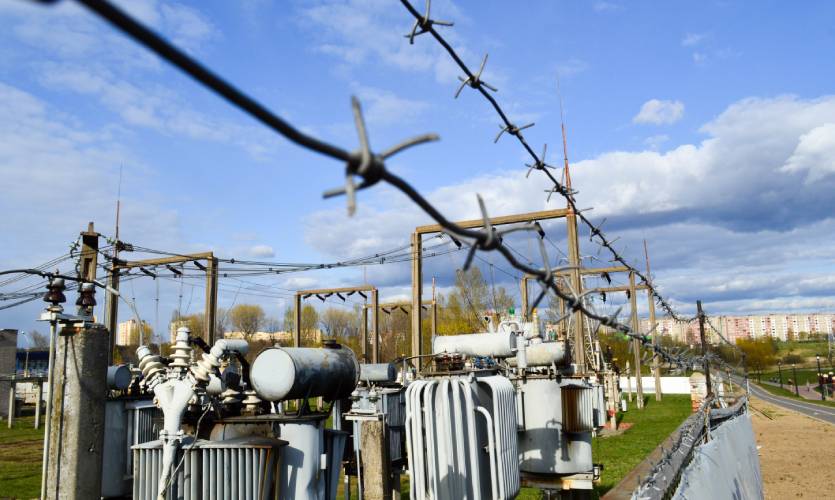Power fencing is one of the most effective solutions for securing your property—whether it’s a home, farm, factory, or government site. However, before setting up your system, there are important factors to evaluate to ensure the solution you install is effective, compliant, and long-lasting.
Here are five essential things to consider before installing a power fence:
1. Define the Purpose of the Fence
- Is it for residential security against intruders?
- To contain or protect livestock in an agricultural setting?
- For commercial or government-level security?
2. Understand Legal & Safety Compliance
Electric fencing involves high-voltage pulses—it’s essential to ensure safety for both people and animals.
- Research local laws and regulations before installation.
- Use clear signage to warn of electric fencing.
- Ensure the system meets national and international safety standards.
3. Evaluate Terrain and Site Conditions
The efficiency of a power fence heavily depends on the environment it’s installed in.
- Wet, rocky, or uneven ground can impact performance.
- Urban areas might have space or aesthetic constraints.
- Farms may need solar-powered or battery backup options.
4. Choose the Right Power Source and Control Options
A modern power fence isn’t just about delivering shocks—it's about control, automation, and integration.
- Do you want manual or remote control access?
- Would Ethernet, Wi-Fi, or GSM connectivity help you monitor the fence?
- Farms may need solar-powered or battery backup options.Will you need integration with CCTV cameras or IoT alerts?
5. Plan for Maintenance and Support
No system is “set it and forget it.” Over time, wear and tear, voltage drops, and physical damage can occur.
- Consider systems that support automated diagnostics and alert mechanisms.
- Ask about Annual Maintenance Contracts (AMCs).
- Choose a vendor with dedicated support and service.



